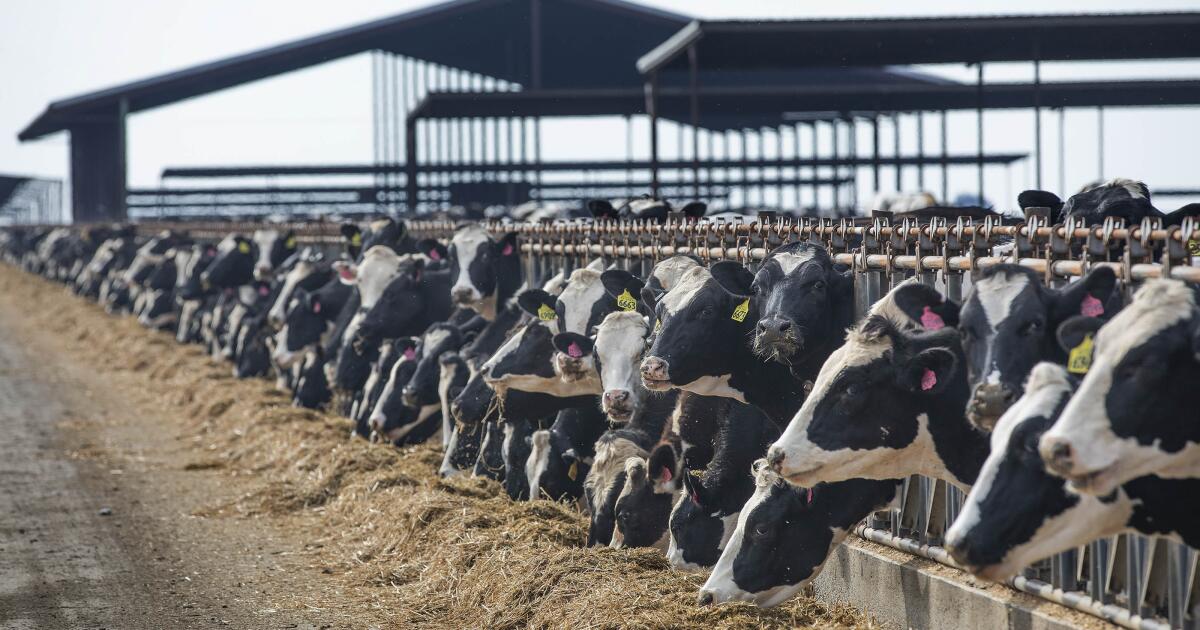
Bird flu-infected San Bernardino dairy cows may have concerning new mutation
Scientists are sounding alarms about a genetic mutation that was recently identified in four dairy cow herds, nearly one year after H5N1 bird flu was first reported in Texas dairy cattle.
Although not confirmed, scientists believe the infected herds are located in San Bernardino County, where health officials announced a dairy outbreak last week.
The genetic mutation is one that researchers have dreaded finding because it is associated with increased mammal-to-mammal transmission and disease severity.
“That is the mutation found in the first human case, which was extremely pathogenic in ferrets,” said Yoshihiro Kawaoka, an infectious disease expert at the University of Wisconsin, Madison and the University of Tokyo. “Finding the same mutation in cows is significant.”
The mutation is called PB2 E627K, and it was seen in a Texas dairy worker last March. It was not seen again until these sequences were uploaded late Tuesday. The data was uploaded by the USDA’s National Veterinary Laboratory Services to a public access genetic repository known as GISAID.
Henry Niman, an evolutionary molecular biologist with Recombinomics Inc., a virus and vaccine research company in Pittsburgh, reviewed the sequence data and reported the results to The Times and on social media Wednesday.
Questions about this Article?:

Copyright © 2021-2025. All rights reserved
This website stores cookies on your computer. These cookies are used to collect information about how you interact with our website and allow us to remember you. We use this information in order to improve and customize your browsing experience and for analytics and metrics about our visitors on this website. To find out more about the cookies we use, see ourPrivacy Policy.